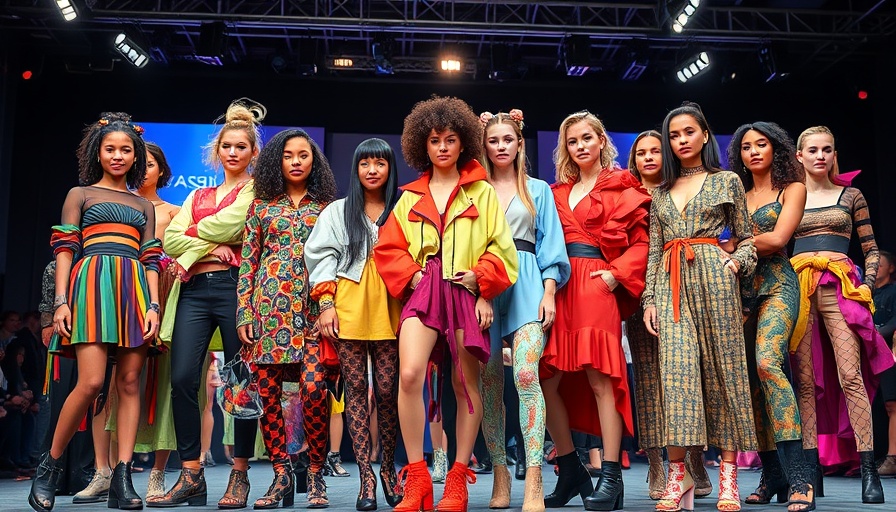
Unveiling the Next Generation of South African Fashion
The Durban July has long been a showcase for the latest trends and shimmering couture in South Africa’s fashion landscape. As the annual event approaches, student designers are preparing to make their mark on the runway. This year, a cohort of promising talents is ready to bridge traditional aesthetics with modern influences, challenging the status quo and injecting fresh creativity into a scene often dominated by established names.
Student Designers: Passion Meets Opportunity
The opportunity for these emerging designers to feature in a prestigious event like the Durban July goes beyond mere showcase: it’s a stepping stone into a fiercely competitive industry. As many South African businesses grapple with a struggling economy—exposed by rising unemployment rates and stagnant growth—creative sectors like fashion can provide not only self-expression but also a source of income and innovation. The allure of the runway for these students signifies both aspiration and hard work, a testament to their resilience in the face of economic adversity.
A Cultural Canvas: The Role of Fashion in Social Commentary
Fashion is more than just aesthetics; it serves as a powerful form of expression, and this year’s Durban July promises to reflect South Africa’s diverse social landscape. As the country battles pressing issues such as gender-based violence, racial inequality, and economic challenges, student designers bring narratives of their personal experiences and societal challenges onto their garments. This dynamic not only enriches the fashion scene but also elevates the conversation around critical social issues. Each design becomes a wearable story, urging viewers to engage with the underlying themes of resilience, sustainability, and social justice.
Local Trends with Global Influence
The influence of global trends combined with local craftsmanship is shaping a distinctive South African fashion identity. While students demonstrate their capabilities, they also draw inspiration from international movements as an avenue of expressing local narratives on a broader stage. This interplay of global and local is significant, especially as the fashion industry increasingly embraces sustainability and ethical production. With student designers leading the charge, it raises questions about Africa’s role in the global fashion market: can local voices compete on an international scale?
Future Predictions: The Evolution of South African Fashion
As we look beyond this year’s Durban July, the future seems promising yet challenging for homegrown talent. The student designers are not just participants in this year’s show; they represent the foundations of an evolving fashion community that values innovation. With the introduction of digital platforms and e-commerce, they are well-positioned to transform their designs into viable businesses. The growth of innovation hubs and support for tech startups in South Africa could further tailor the landscape for fashion entrepreneurs, enabling them to harness technology for creative outputs and wider distribution.
Conclusion: A Call to Action for Engagement and Support
The upcoming Durban July is more than just a fashion event; it is a crucial moment for students about to enter the professional realm amid a myriad of socio-economic challenges. As professionals, stakeholders, and supporters of the South African economy, it is vital to engage with these emerging voices. Not only does this mean attending fashion events but also advocating for policies and initiatives that empower young designers. By supporting local talent, we can contribute to a more vibrant, inclusive, and sustainable fashion industry that is representative of our diverse society.
 Add Row
Add Row  Add
Add 




Write A Comment